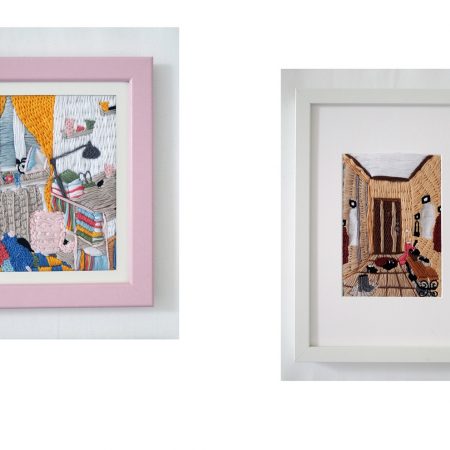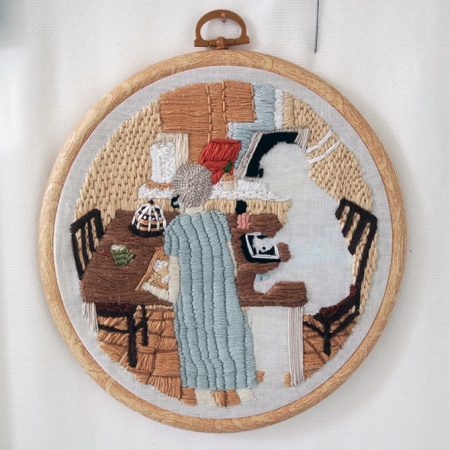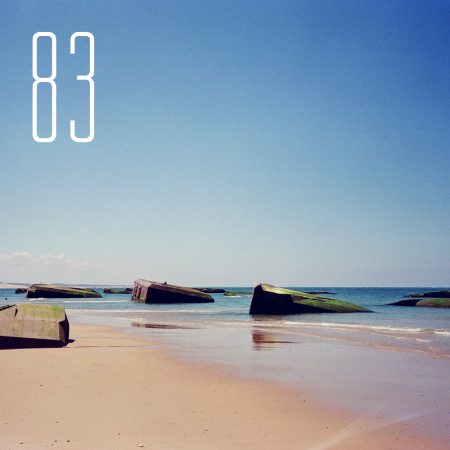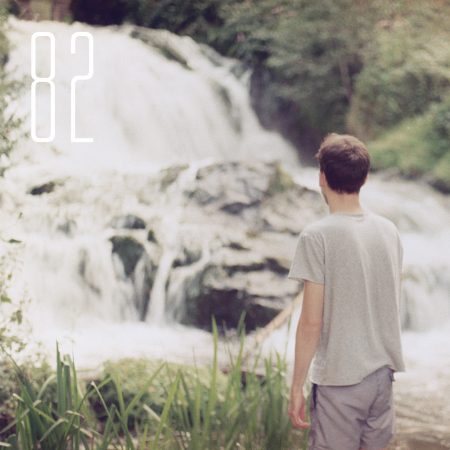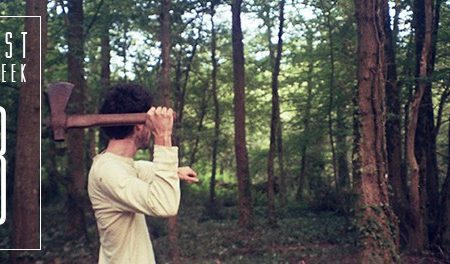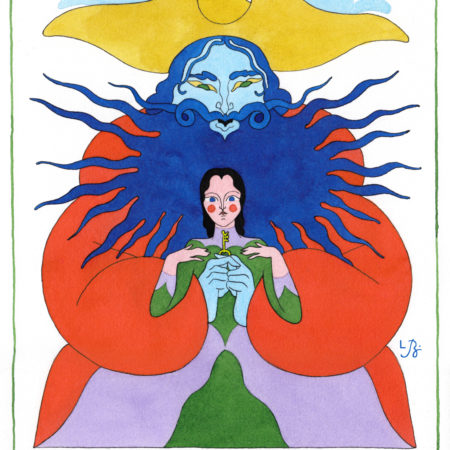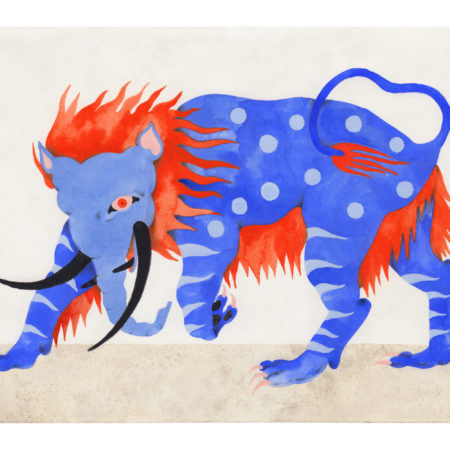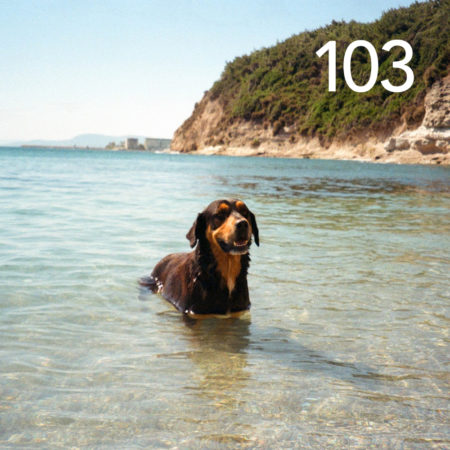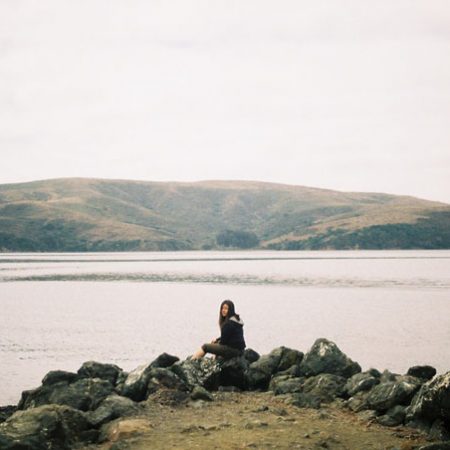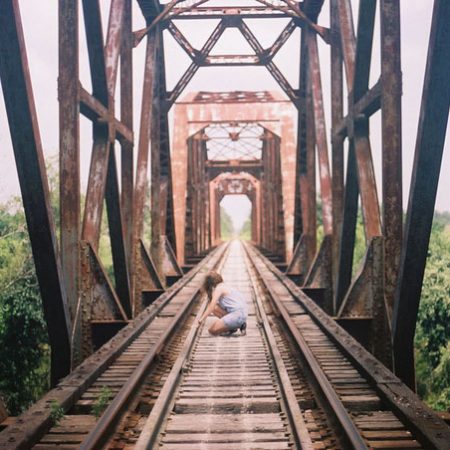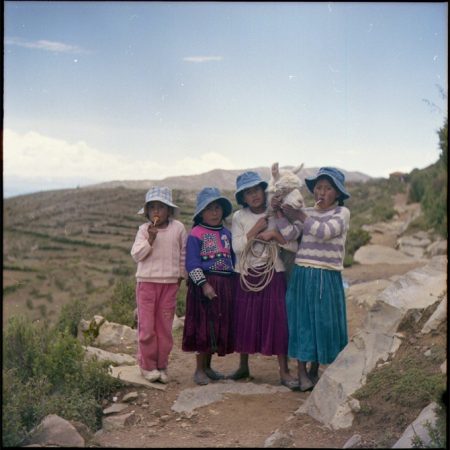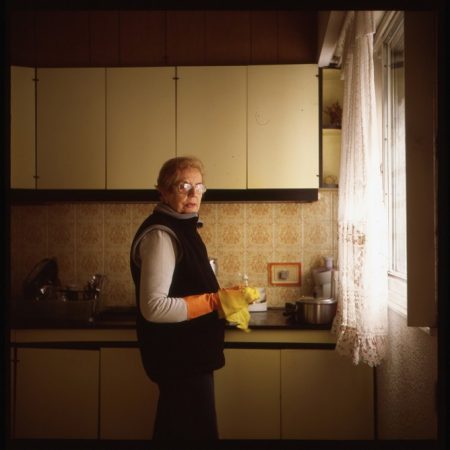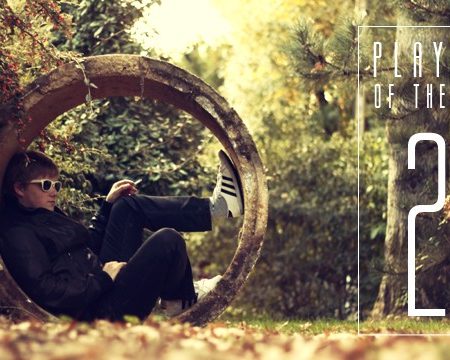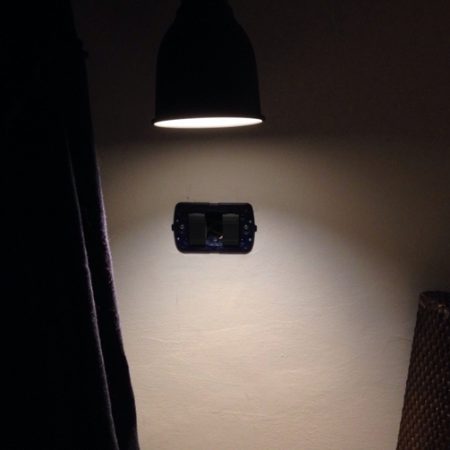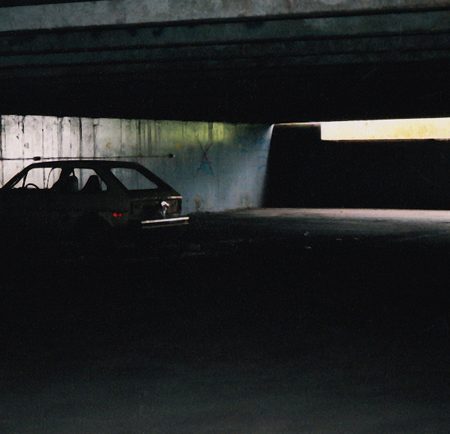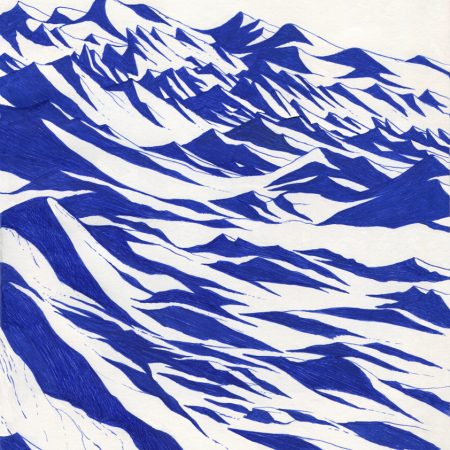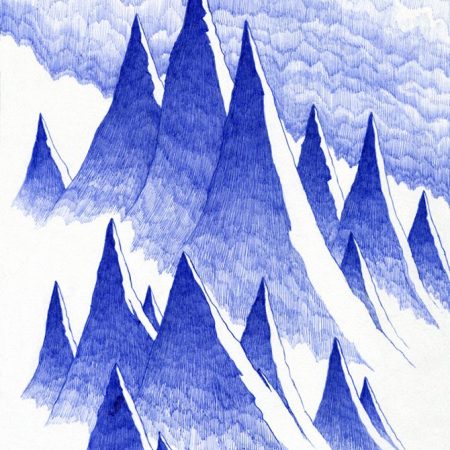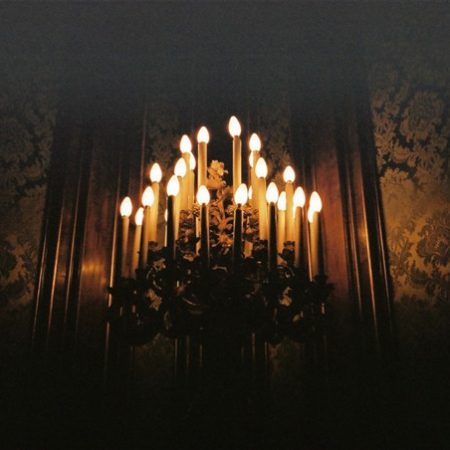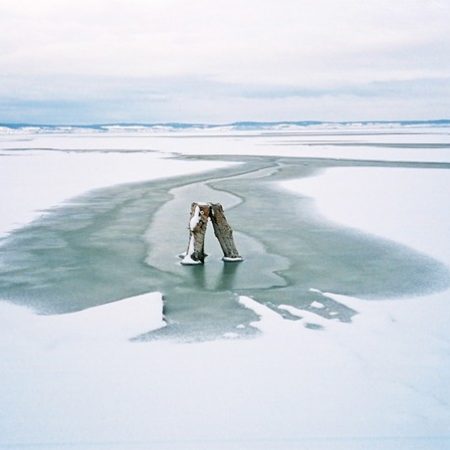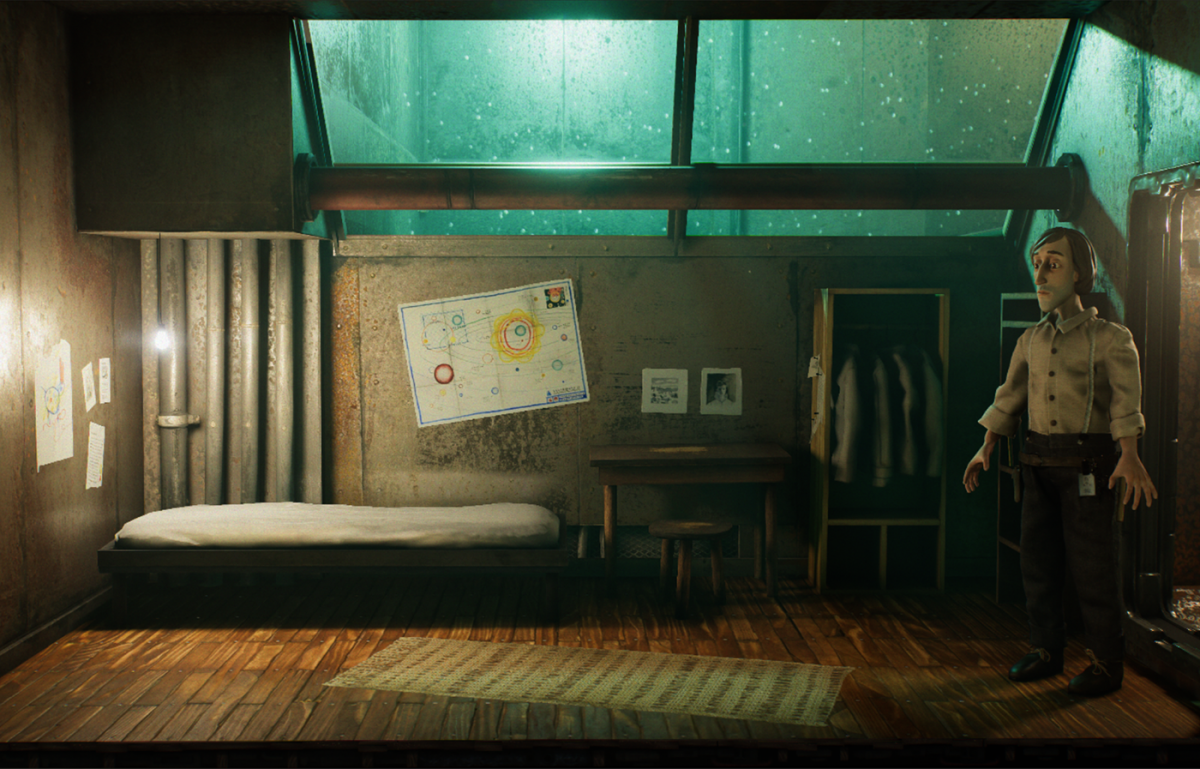
Handmade Adventure Game
Harold Halibut
INTERACTIVE . October 11th, 2017Interview with the german Art Director and Illustrator Ole Tillmann about the incredible handmade adventure game him and his friends are working on for several years and called Harold Halibut. Everything in this game – from rooms to characters to miniature furniture or even knife and fork on the table or jacket in the closet – is made by hand first and he’s gonna tell us about it.
Can you introduce this ‘Handmade Adventure Game’?
Harold Halibut is going to be a “modern adventure“ game which is the most adequate genre title we have been able to find for it so far. It’s a third person, side-scrollish but ultimately fully 3D, narrative driven consoles, PC+Mac game in which you play Harold. He’s a day-dreamy janitor on board of a spaceship that has crashed on an unknown underwater planet. A lot of the game deals with exploring this ship, it’s surroundings and talking to people while discovering stuff that is part of their everyday lives. An outstanding part of the game is that all of it is made by handcrafting miniature models that are 3d scanned to be interactive.
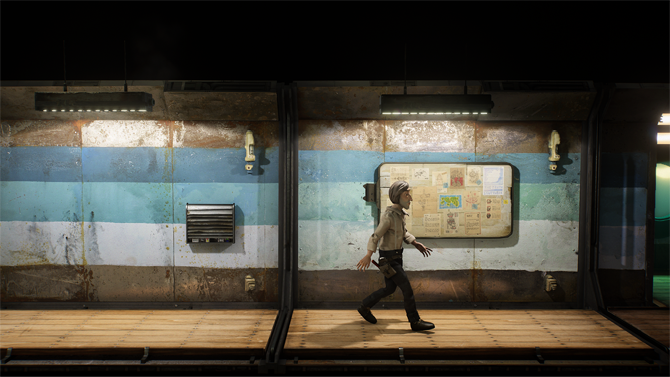
Handcraft all the elements of a game isn’t that a pretty crazy idea? :)
We have been told that it is. Craziness next to being uncomfortable at times has a tendency to open up spaces between norms, though, which is part of its appeal to us. Indie games and their crazy ideas luckily are picking up in public relevance these days but in a sense they have always informed major league titles. The technicalities that we have developed over time in order to facilitate our crazy idea have a lot of potential for other people making games or telling stories in general as well as the rest of the our teams’ individual work. So I’d say the craziness is worth it!
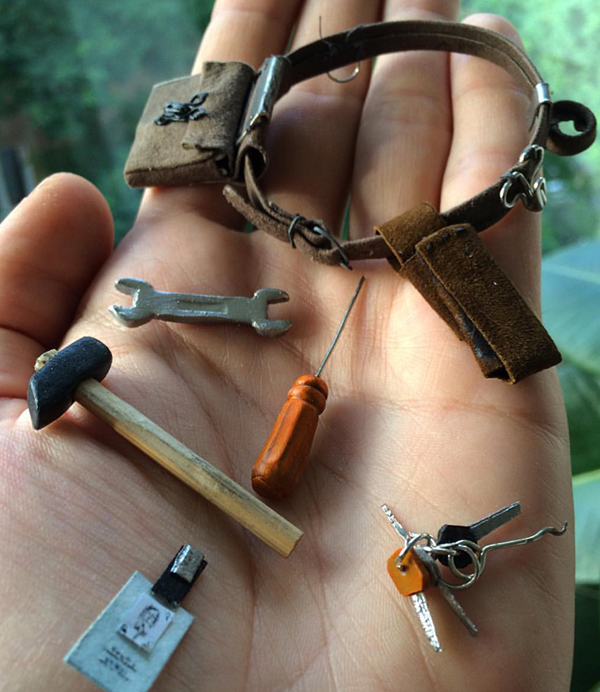
Who’s Harold and what’s the story behind the game?
Harold is a youngish janitor/lab-assistant working for Jeanne Mareaux- guiding force and lead scientist on board of the crash landed spaceship „Fedora I“. We imagined a „generation spaceship“ being launched on earth during the cold-war era in fear of the world’s end- roughly aimed at an earth-like planet to inhabit in the future. Instead they end up crashing on this planet made up entirely of water and getting stuck as the ships only partly functional and entangled in the planets underwater fauna. Harold hasn’t even witnessed the space part of the ships travels and has been living his entire life under water. The story is focused on this enclosed life style after decades of being in space as earth’s last savior. While the main mission is to help find a way for the spaceship to get away from the planet you end up getting to know and being influenced by so many of the individuals within the community.
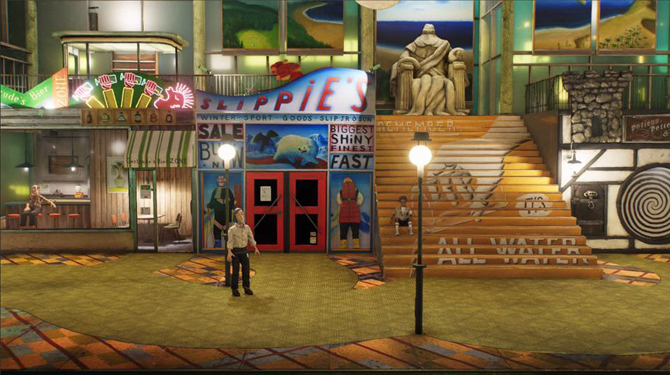
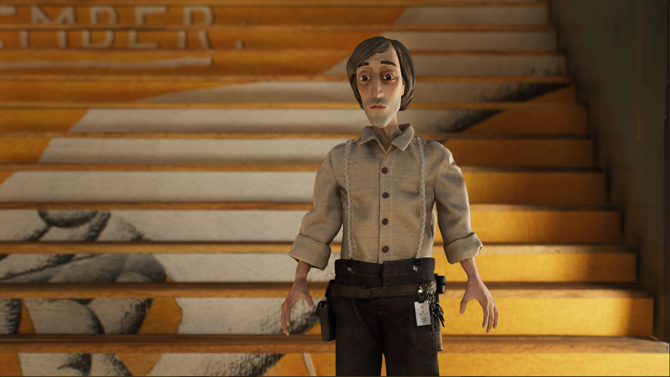
Tell us more about the history of the team?
Harold started with 3 youth friends, I joined in shortly after as a high school acquaintance grown to friend since and then we’ve had various friends and acquaintances join in since. I don’t think we ever looked for any of them we just had enough conversations over time for them to eventually get sucked into the process. So by now there are roughly 10 people working on it on and off. The skills used are kind of interwoven between all of us. Carpentry and crafts in general, apparel, writing, programming, composing, 3d scanning and 3d implementation, all kinds of 3d business.., sound design, illustration and more I think..
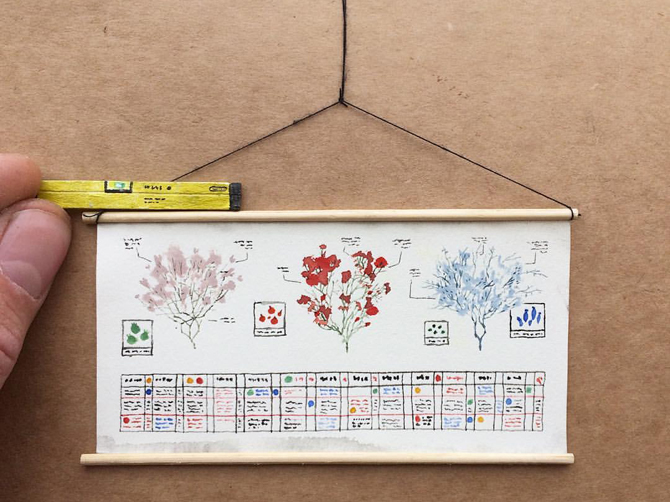

When did you begin to work on this project and what do you still have to do?
We began I’d say in 2012-13.. But that was the very first rough idea of „we should make something some day.“ We kept working on it more and more regularly until we founded a company in 2015 and have been doing full-time work for roughly 2 years, I think. There is plenty left to do although it’s getting more overseeable over time. Mostly finishing building stuff, finish wrapping everything together digitally, then bigger tasks like voice acting and getting deeply into animation and the little details of everything.
Can you explain the process from the idea of a scene to its completion?
Yes – ideas come from tons of world building fantasies from the earlier days of development, then a rough story outline which is fine tuned in accordance with game design as we continue. Then it’s usually sitting at a table with everyone for a concrete scene/level and throwing ideas together from individuals until we have something everybody agrees on. Then I’ll come up with a concept drawing for either a room, objects in it or characters, double check with the others and then I’ll build them together with Fabian Preuschoff (set architect and general building super guy) or Holle Schlickmann (clothes and textiles woman extraordinaire) we hand them off to Daniel Beckmann (3d scan and actual business guy) who uses photogrammetry (taking pictures from every angle of an object/room/character to assemble it into a digital 3d model) who gives it to Ilja Burzev or Kardelen Babal (both outstanding 3d artists) who then polish up the 3d models, rig them or otherwise breathe digital life into the original miniatures who thennn give them off to Onat Hekimoglu (main programmer/developer/gamedesignish guy) who adds them to the rest of the game to be interacted with.
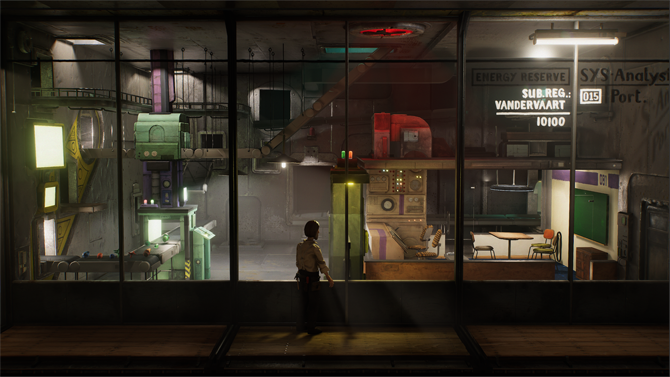
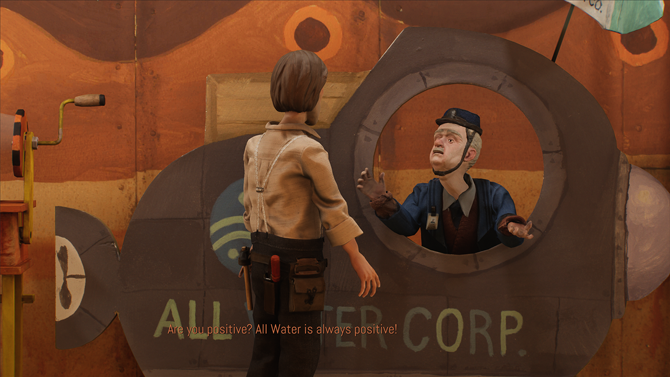
What’s actual physical assets and what’s 3D?
Well, everything in the game is both of course because it’s physical assets turned into 3d but 3d exclusive are light sources.. and physics. As far as I can think of. I don’t think we have anything with a digital source only so far. Sometimes we’ll use 2d drawings to make 3d obects from them but even those are water color drawings that can’t be 3d scanned and therefor have to be assembled in 3d from 2d scans or photographs.. Like some of the potted plants in the game. Or floaty particles. Also pencil on paper scanned and assigned as the source for the particle effects. Oooh and glass! All things see-through can’t be scanned and are therefor 3d. But most of that is just windows.. A couple of vessels but usually even those are based on a 3d scan.. of a non-see-through object made see through in 3d software.
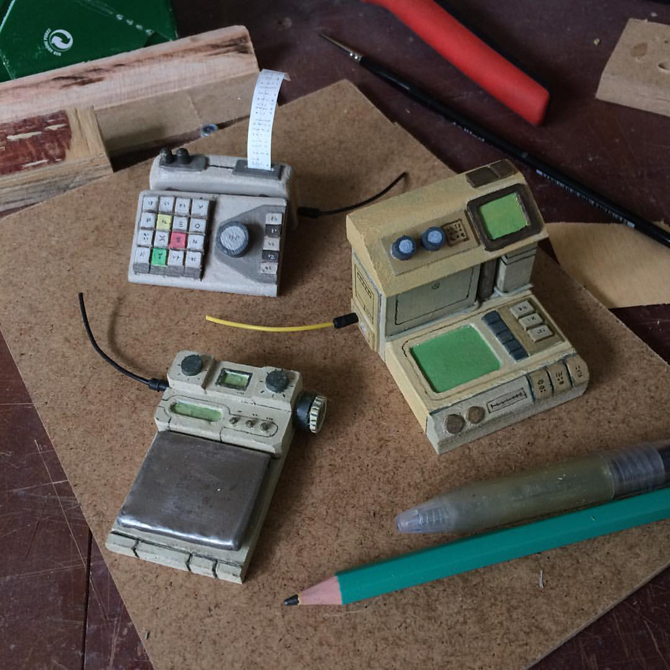
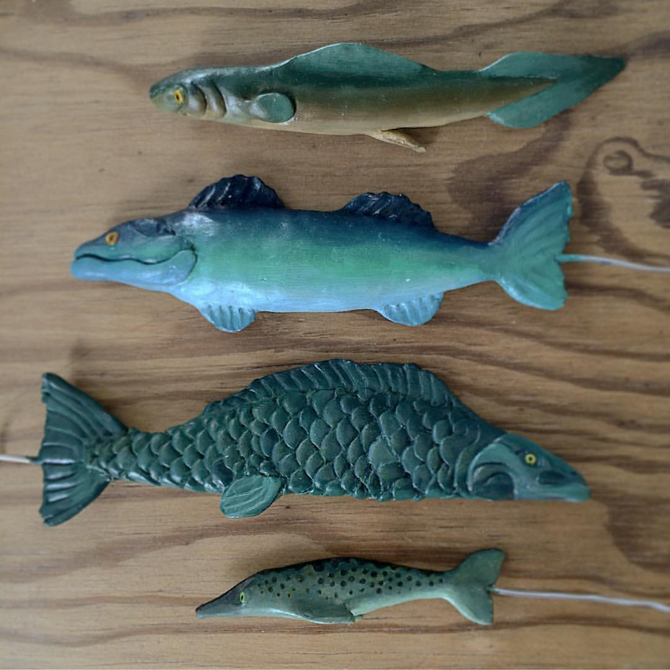
What are the differences with a classic point-and-click game?
Most obvious difference is that movement doesn’t work via pointing and clicking but dynamic direct control through a gamepad or keyboard. Beyond that there’s no conventional inventory and as much of a focus on what did you pick up to recombine to pass through the next door. It’s probably better compared to the telltale games in that we’re pretty focused on dialogue as a mechanic of advancing in the game. Mixed in with random mini games and the exploratory element from point-and-click.. Like just looking at and playing with random things you find around you.

+ Add anything you would like to tell us about this incredible “Harold Halibut” adventure.
Maybe a little bit extra about the craziness aspect. I was spending so much time on the computer when I was in my early teens but really wanted to draw and figured out that a drawing tablet might be a good way to incorporate the practice of drawing into my world at the time. Waging the differences between digital and analog processes has been an on going thing in my mind ever since. Harold is the first extensive project in which I get to incorporate or further explore my findings. Like I think it’s really important to know about and practice drawing on paper and doing stuff in the real world but I also use photoshop (and moreso procreate s/o!) etc everyday.. And not just for efficiency’s sake but because it actually contains new abilities beyond pen and paper. I keep seeing people on comment sections raving on about analog only and using computers is fake or whatever and plently of forget-about-old-paintings the future of art is augmented reality portals into different dimensions.. And I guess the point is that we don’t subscribe to either camp.. this project is very much a manifestation of how do we get to weave through both and combine pretty futury technicalities with really established ways of creating and thereby maybe open up new paths in story telling as well as new ways of connecting with an audience.
Thanks a lot Ole and congratulations to the team!
+ haroldhalibut.com
+ on instagram / facebook
